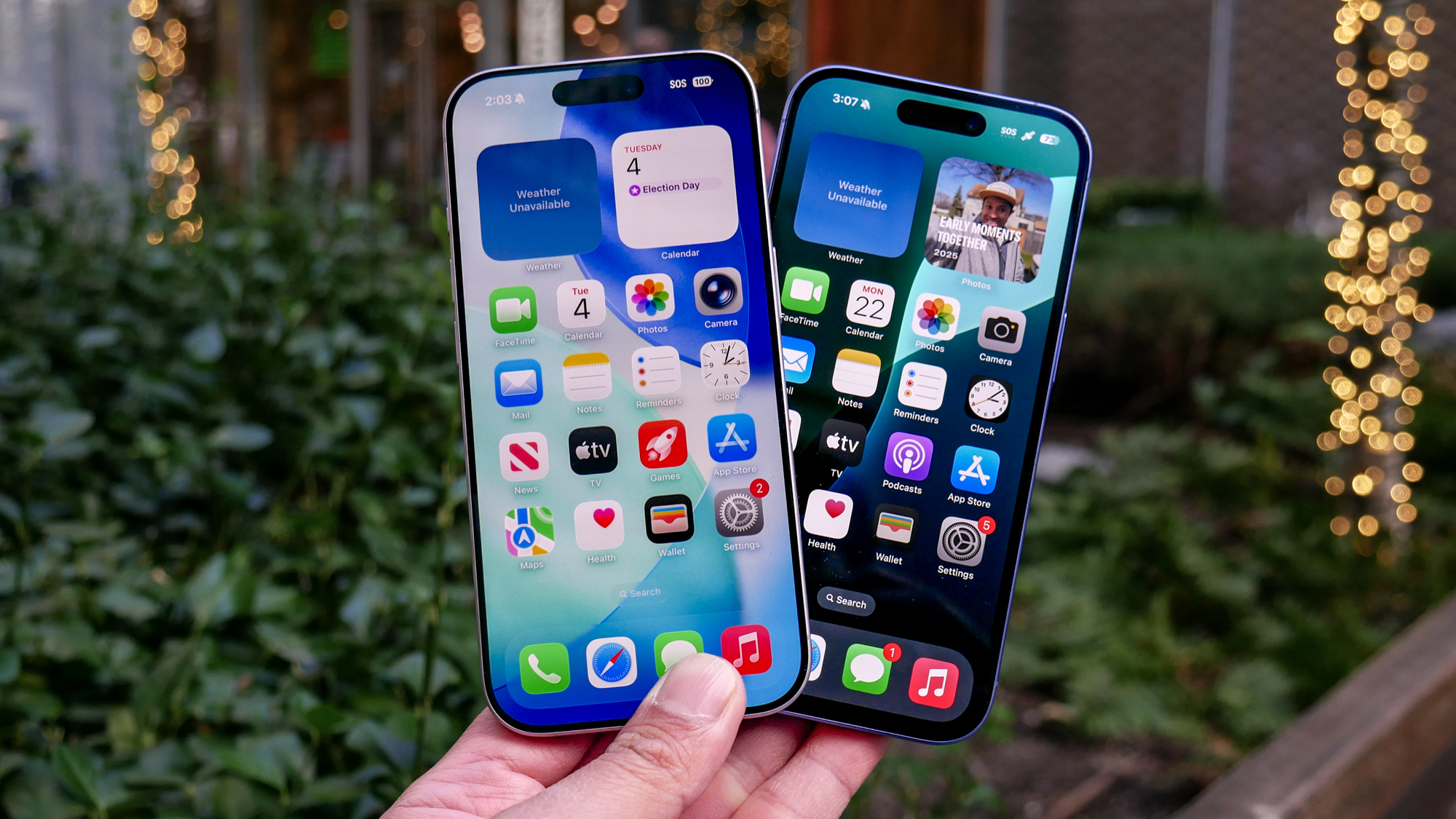Google Pixel phones can now read your heart rate and breathing — here's how it works
Pixels can measure heart rate and breathing via the cameras right in the Google Fit app

Google Pixel users no longer need a smartwatch to measure their heart rate or breathing, thanks to a new upgrade to the Google Fit app.
Google announced last month that the upgrade was coming to Pixel phones, and that it would allow users to measure their respiration and heart rate via the cameras. That feature has now rolled out to “supported Pixels” via an update to the Google Fit app.
- Google Pixel 5 vs Pixel 4a: What's the difference?
- The best fitness trackers you can buy
- Just in: Google Pixel 6 leak just revealed two big upgrades
We already knew that this would be a timed exclusive to Pixel phones, with the feature arriving on other Android devices at an undefined later date, but the word “supported” is still interestingly ambiguous here.
Does that mean any Pixel device that can physically run the software, or any that’s officially still supported by Google? If it’s the latter, then that rules out the Pixel 2 and Pixel 2 XL, which reached the end of their support period last October.
The feature will give Pixel users a way to check their heart rate and respiration, without needing a wearable that constantly measures their metrics. Measuring your heart rate involves you placing a fingertip over the rear camera, which then analyzes subtle color changes in the skin to give a pulse reading. Google’s testing shows it to be accurate to 2%, though obviously it’s designed for one-off testing, rather than providing constant updates the way the best smartwatches do.
Respiration tracking, meanwhile, uses the front-facing camera. Place the phone in front of you with your head and torso in view, and after monitoring your chest movements, the app will calculate your breaths per minute. Google claims that in testing it’s proved accurate to within one breath per minute; however, the company stresses that neither it nor the heart-rate measurement is intended for medical purposes.

Despite this, Google clearly feels quite confident in the accuracy of its technology, which should give it the edge over the various apps that claim to do the same thing, without any real scrutiny.
Get instant access to breaking news, the hottest reviews, great deals and helpful tips.
“We developed both features — and completed initial clinical studies to validate them — so they work in a variety of real-world conditions and for as many people as possible,” Shwetak Patel, Google Health’s Director of Health Technologies wrote back in February. “For example, since our heart rate algorithm relies on approximating blood flow from color changes in someone’s fingertip, it has to account for factors such as lighting, skin tone, age and more in order to work for everyone.”
If you own a Pixel phone, you’ll be able to try it for yourself from today. Keep an eye on updates for the Google Fit app, and do let us know how it works for you.
- The best cheap phones you can buy now
Freelance contributor Alan has been writing about tech for over a decade, covering phones, drones and everything in between. Previously Deputy Editor of tech site Alphr, his words are found all over the web and in the occasional magazine too. When not weighing up the pros and cons of the latest smartwatch, you'll probably find him tackling his ever-growing games backlog. He also handles all the Wordle coverage on Tom's Guide and has been playing the addictive NYT game for the last several years in an effort to keep his streak forever intact.

